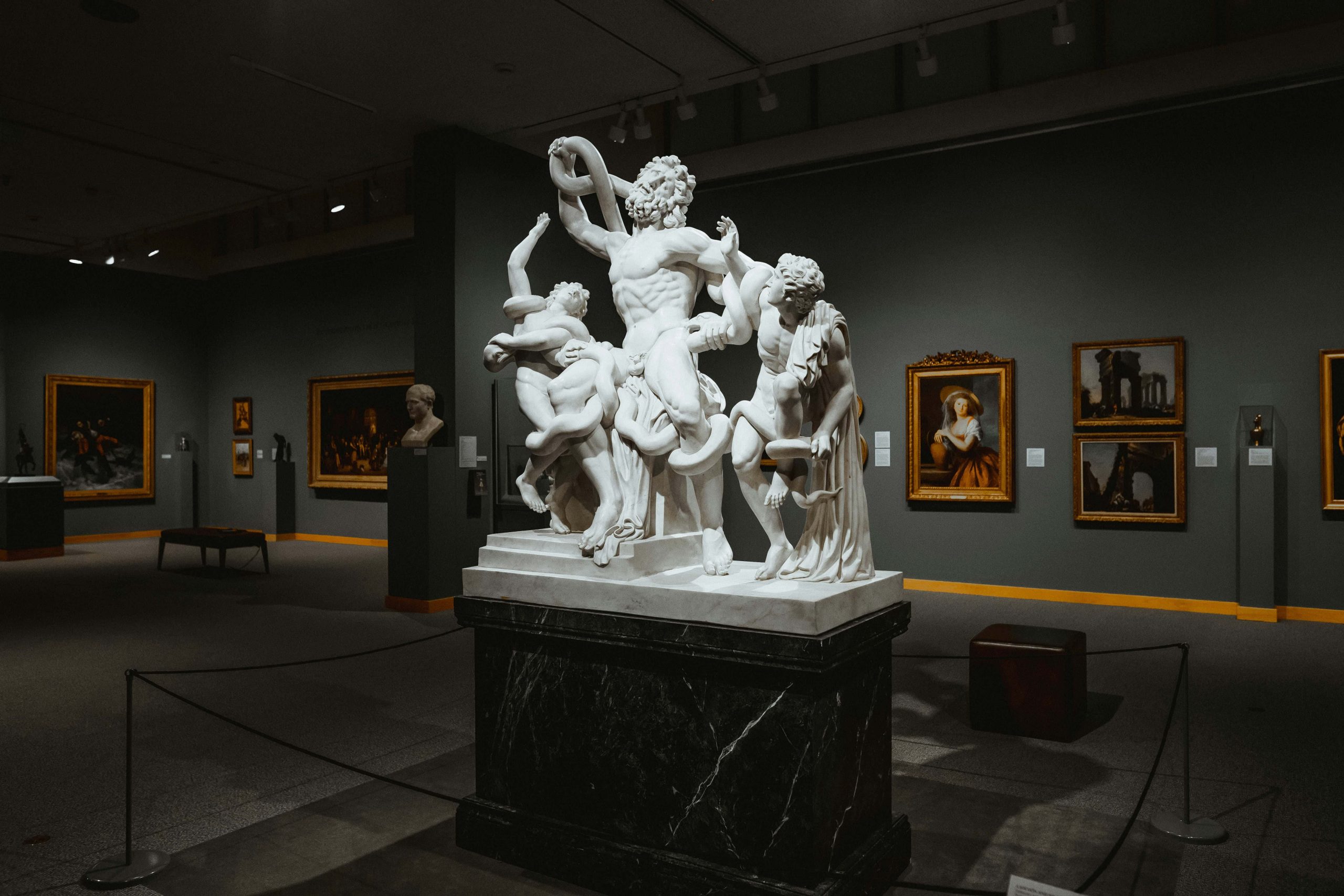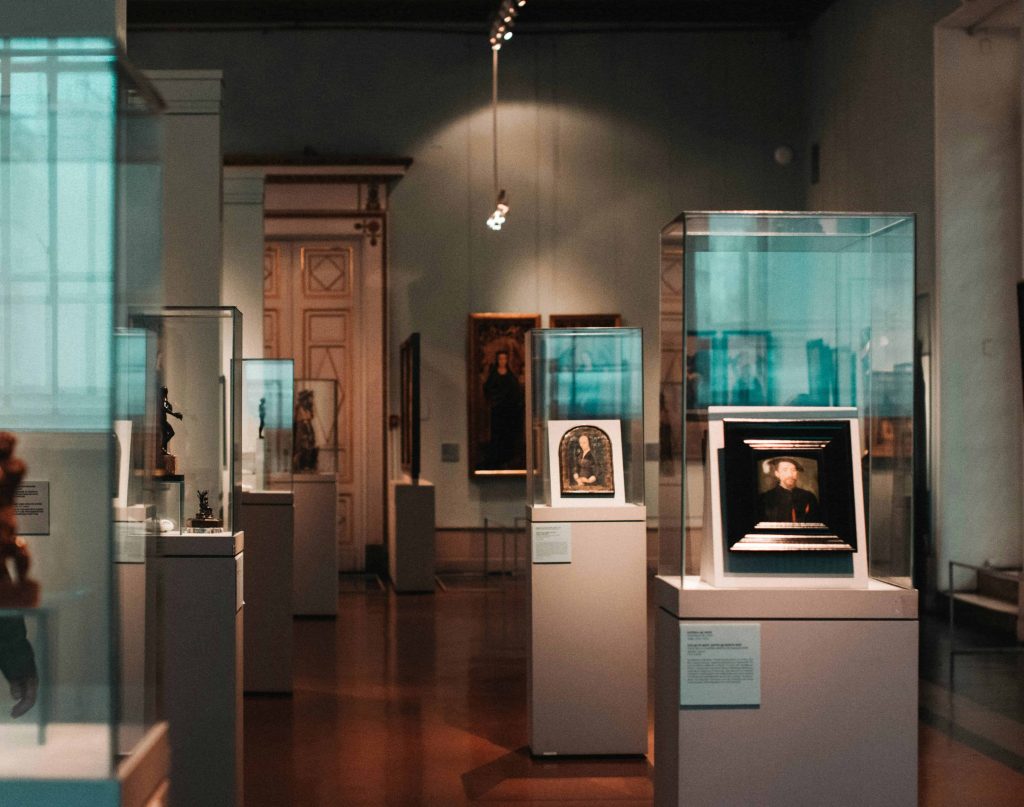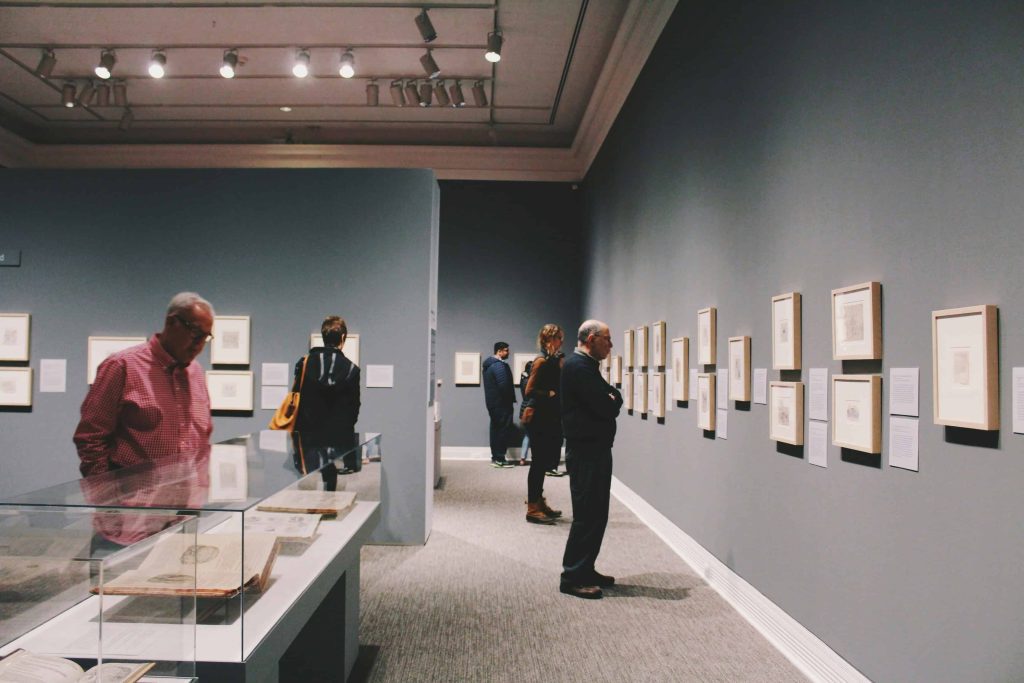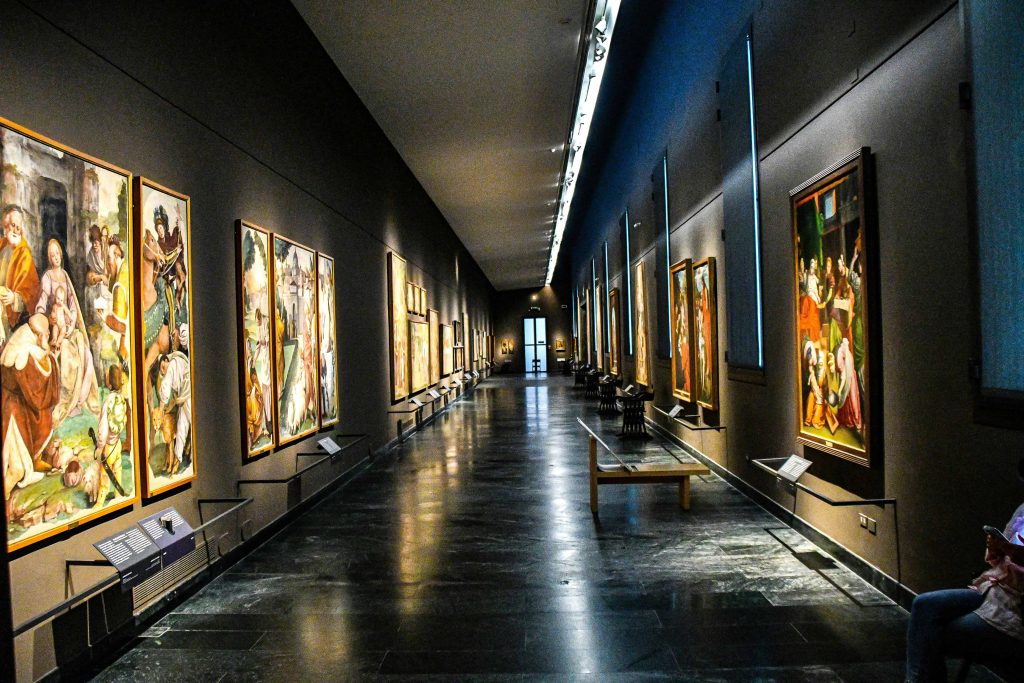
08 Jul Preservation and Care of Art Collections in 2024
Preserving and Caring for Art Collections: A Comprehensive Guide
Art holds immense cultural and historical significance, serving as a window into the past and a bridge to future generations. To ensure that these treasures are passed down intact, it is crucial to understand the intricacies of preservation and care, particularly when art is displayed in showcases. In this guide, we delve into the various factors that impact the longevity of art collections and provide actionable strategies for their protection.
Preserving art collections is not merely about maintaining their aesthetic appeal; it is a responsibility to safeguard our heritage for posterity. Artworks displayed in showcases face unique challenges due to their exposure to environmental elements and human interaction. In this section, we highlight the importance of conservation efforts and the specific hurdles faced in showcasing artworks.

Environmental Factors
Light
While crucial for visibility, prolonged exposure to light poses a significant threat to artwork, leading to fading and material deterioration. To counter this, showcase designers utilize UV filters and light timers, carefully regulating exposure levels to ensure the longevity of displayed pieces, preserving their beauty for generations to come.
Temperature and Humidity
Fluctuations in temperature and humidity can wreak havoc on delicate artworks, causing warping or cracking over time. By maintaining optimal climate conditions within showcases, such as controlling temperature and humidity levels, collectors can effectively prevent irreversible damage to their valuable collections, safeguarding their investment and preserving cultural heritage.
Pollutants
Dust, air pollution, and off-gassing from display materials silently endanger art collections. Implementing air filtration systems and ensuring proper ventilation in showcases are essential measures to protect against these harmful pollutants. By proactively addressing these hidden dangers, collectors can maintain the pristine condition of their artworks, ensuring they remain a source of inspiration and admiration for years to come.

Handling and Storage
Proper Handling Techniques
Ensuring comprehensive training in handling techniques is crucial to safeguarding the authenticity and condition of artworks. Implementation of basic protocols, like wearing gloves and employing suitable supports, serves as a barrier against inadvertent harm caused by human contact. These practices uphold the artwork’s integrity and minimize the potential for damage during handling and transport.
Storage Considerations
Beyond adept handling, selecting appropriate storage provisions and environments is pivotal for sustained preservation efforts. Opting for acid-free containers and upholding climate-controlled storage facilities play pivotal roles in minimizing hazards linked to decay and pest infiltration. By adhering to such standards, artworks are shielded from environmental harm, ensuring their longevity and maintaining their aesthetic and historical significance.

Showcase Design and Materials
Showcase Construction Materials
Selecting materials for showcase construction profoundly influences preservation endeavors. Utilizing UV-filtering glass shields artifacts from harmful radiation, while inert metals reduce environmental degradation risks. Avoiding untreated wood is crucial to ensuring the safety and longevity of displayed artworks, preventing potential damage caused by moisture or pests.
Showcase Design Features
Effective showcase design incorporates essential features such as adequate ventilation and climate control mechanisms. Seals and gaskets play a critical role in maintaining stable environmental conditions within the showcase, shielding artworks from external fluctuations in temperature and humidity. These design elements are imperative for preserving the integrity and longevity of exhibited pieces.

Conclusion
In conclusion, the meticulous preservation and care of art collections are paramount not only for maintaining their aesthetic appeal but also for safeguarding our cultural heritage for future generations. By addressing environmental factors such as light exposure, temperature, humidity, and pollutants, collectors can mitigate risks and ensure the longevity of their valuable artworks. Implementing proper handling techniques and storage considerations further fortifies these preservation efforts, protecting against inadvertent damage and decay. Additionally, thoughtful showcase design and material selection play pivotal roles in maintaining stable environments and shielding artworks from external harm. Through concerted conservation efforts, we uphold the integrity and significance of art collections, ensuring they remain sources of inspiration and admiration for years to come.
Key Takeaways
- Preservation Responsibility: Preserving art collections goes beyond aesthetics; it’s a duty to safeguard cultural heritage for future generations.
- Environmental Factors: Light exposure, temperature, humidity, and pollutants pose significant threats to artworks; strategies like UV filters, climate control, and air filtration mitigate risks.
- Handling and Storage: Proper handling techniques and storage provisions, including wearing gloves and climate-controlled environments, are crucial for maintaining artwork authenticity and condition.
- Showcase Design and Materials: Showcase construction materials, like UV-filtering glass and inert metals, and design features such as ventilation and climate control mechanisms, are essential for preserving artwork integrity.
- Conclusion: Meticulous preservation efforts, including addressing environmental factors, proper handling and storage, and thoughtful showcase design, ensure the longevity and significance of art collections for generations to come.
FAQs
Why is preserving art collections in showcases important?
Preserving art collections ensures their aesthetic appeal and safeguards cultural heritage. Showcased artworks face unique challenges, making preservation efforts crucial.
How can environmental factors affect art collections, and what measures mitigate these effects?
Environmental factors like light exposure, temperature, humidity, and pollutants pose threats. Strategies such as UV filters, climate control, and air filtration help mitigate these effects.
What considerations are essential for handling, storage, and showcase design to protect art collections?
Proper handling with gloves and suitable supports, climate-controlled storage, and showcase design features like UV-filtering glass and adequate ventilation are vital for protecting artworks.
Join us as we celebrate the rich tapestry of human experience through the lens of art festivals, where every stroke of the brush and every note played tells a story of connection and community.

